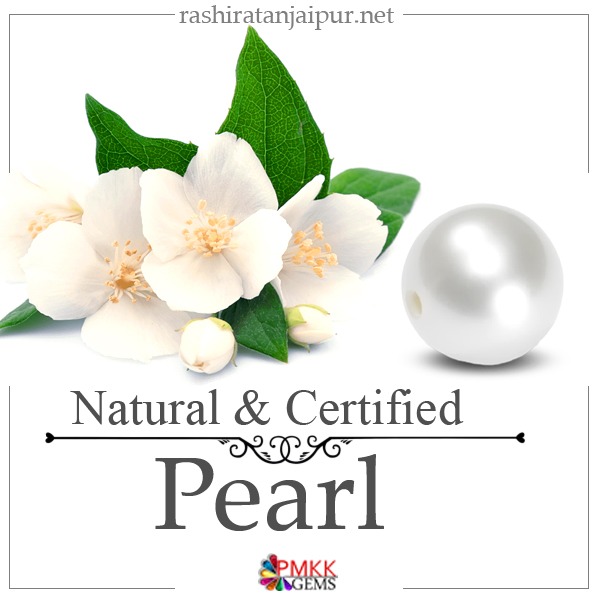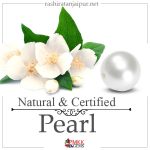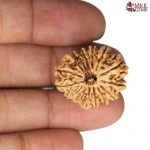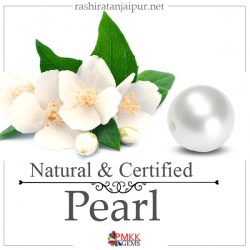Pearl Stone: The Lustrous Gem of Elegance and Wisdom
Pearl stones have captivated human civilization for centuries with their timeless elegance and ethereal beauty. From ancient legends to modern fashion trends, pearls have held a significant place in our hearts. In this article, we will dive into the world of pearl stones, exploring their formation, types, symbolism, caring methods, and the exquisite jewelry they create.
What is a Pearl Stone?
A pearl stone is a gem formed within the soft tissue of a living shelled mollusk, primarily oysters and mussels. Unlike other gemstones, pearls are organic in nature, making them a unique and cherished treasure. These precious gemstones possess a delicate luster that sets them apart from any other jewelry.
Formation of Pearl Stones
The formation of pearl stones is a remarkable natural process. When an irritant, such as a grain of sand or a parasite, enters the mollusk’s shell, it secretes layers of nacre, a crystalline substance, to protect itself. Over time, these layers accumulate, forming a pearl. The quality and characteristics of the resulting pearl depend on various factors, including the mollusk species, water conditions, and the duration of the formation process.
Types of Pearl Stones
Pearl stones come in various types, each with its distinct characteristics and beauty. Let’s explore the different types:
Natural Pearls
Natural pearls are exceptionally rare and valuable. They occur without any human intervention, formed entirely by nature’s intricate processes. Natural pearls are highly prized for their unique shapes, colors, and individuality.
Cultured Pearls
Cultured pearls are grown with human assistance. Pearl farmers carefully introduce an irritant into the mollusk, kick-starting the pearl formation process. These pearls closely resemble natural pearls and are more accessible for jewelry enthusiasts.
Freshwater Pearls
Freshwater pearls are cultivated in lakes, rivers, and ponds. They are known for their wide range of colors and affordable prices. Freshwater pearls can be found in both natural and cultured forms.
Saltwater Pearls
Saltwater pearls are grown in oceans and seas. They are often associated with elegance and luxury. Akoya pearls, Tahitian pearls, and South Sea pearls are popular types of saltwater pearls, renowned for their exceptional size and beauty.
The Beauty and Luster of Pearl Stones
Pearl stones are celebrated for their unique beauty and mesmerizing luster. Their surface reflects light, creating an iridescent glow that captivates the beholder. The allure of pearls lies in their subtle elegance, making them perfect for both formal occasions and everyday wear.
Significance and Symbolism
Throughout history, pearl stones have held symbolic meanings in different cultures. They are often associated with purity, femininity, love, and wisdom. Pearls have adorned royalty, symbolizing wealth and power. Today, they continue to be cherished as a symbol of elegance and sophistication.
7. Caring for Pearl Stones
To maintain the longevity and radiance of pearl stones, proper care is essential. Avoid exposing them to harsh chemicals, perfumes, or excessive heat. Gently wipe them with a soft cloth after each wear and store them separately to prevent scratching. Regular cleaning and restringing by professionals ensure the pearls remain in optimal condition.






